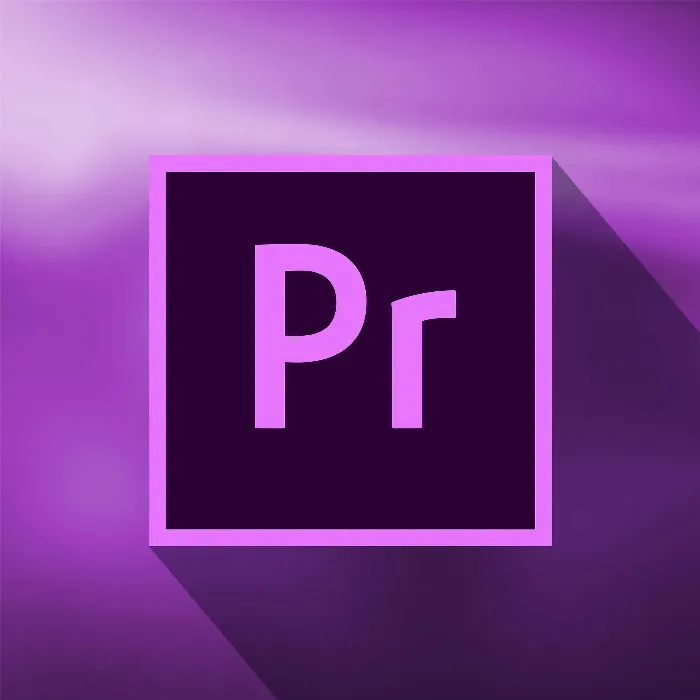The digital world is in constant flux, and with it, the technologies used to produce films are also evolving. In light of the much-discussed question of whether one should film in 4K or HD, I will explore the pros and cons of both resolutions. Are you facing the decision of which technique to use? Let's go through the relevant points.
Key findings
- 4K offers significantly higher image sharpness and allows for more flexibility in post-production, but is more storage-intensive.
- HD can be sufficient in many cases and is often easier to handle.
- The target audience and platform on which you present the videos are crucial for the choice of resolution.
- The quality of the camera is decisive – not every 4K camera delivers the results you desire.
Step-by-step guide to deciding between 4K and HD
4K is now on everyone's lips, but what does it really entail? First, clarify the difference and the actual requirements for equipment and storage.
What exactly does 4K mean?
The abbreviation 4K refers to a screen resolution of approximately 3840 x 2160 pixels. This ensures a detailed representation but is four times as demanding compared to Full HD (1920 x 1080 pixels). You need to ask yourself: Is the benefit you gain from 4K worth the additional costs and efforts?

4K compared to Full HD
The difference between 4K and Full HD can be significant in practice – especially in professional environments. However, there are many factors that influence quality. For example, a smartphone that supports 4K does not necessarily produce the same image quality as a professional camera.
Equipment and technology
If you want to film in 4K, you not only need a camera that supports this resolution, but also significant processing power for post-production. The storage requirements for 4K videos are much higher, often requiring a new computer and more hard drive space. This represents a financial investment that should not be overlooked.
The workflow
In the editing process, you need powerful software and hardware. Since 4K requires a massive amount of processing power, you should ensure that your computer is suitable for editing these resolutions. Otherwise, you might encounter performance issues that could severely hinder your workflow.
Advantages of high resolution
A clear advantage of 4K is that when you export, for example, in HD, you obtain significantly sharper images. Additionally, 4K offers more room for zooming and cropping in editing. This feature is especially useful in post-production when you want to utilize creative possibilities in your editing.
Who is your target audience?
The decision between 4K and HD should ultimately depend on who is watching your videos. If many viewers are watching on smartphones or on social media, the difference between 4K and HD is often not perceived. However, if your target audience comes from film production or the advertising industry, quality can be critical.
Final considerations
Before you decide to film in 4K, consider the needs and expectations of your target audience. Is your equipment worth the effort, and will it be appreciated by viewers? Often, the difference in image quality is not recognized, especially with online content. So think carefully before taking the step into higher resolution.
Summary – Filming in 4K or HD – An informed decision
In this guide, you learned about the pros and cons of 4K compared to HD. The choice of the right resolution heavily depends on your production goals, the equipment used, and the demands of your viewers. Remember, it's not just the technology but also the skill of the filmmaker that matters.
Frequently asked questions
Is 4K necessary for YouTube?It depends on your target audience. Most users do not notice the difference.
Do I need special hardware for 4K?Yes, you need powerful computers and sufficient storage space.
Are 4K videos really better than HD?Yes, but in many cases, HD is completely sufficient.
How much more storage do I need for 4K?The storage requirement is typically four times higher than for HD content.
Can I create HD videos from 4K material?Yes, that's one of the advantages of 4K; you can improve quality upon export.


